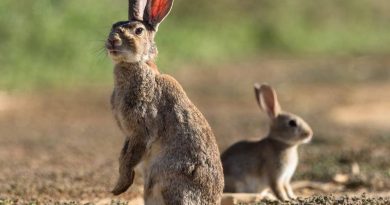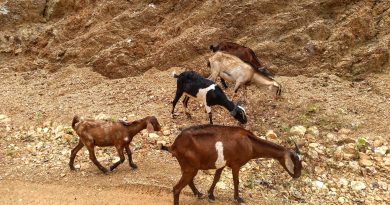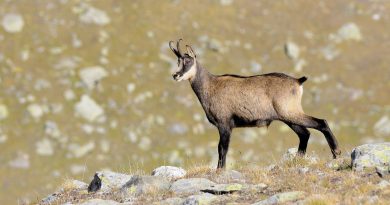Exploring the potential links between gut microbiota composition and natural populations management in wild boar (Sus scrofa)
Abstract
We surveyed wild boar (Sus scrofa) populations using 16S rRNA gene analysis of the gut microbiota in fresh faeces taken from 88 animals hunted in 16 hunting estates. The wild boar is a very convenient model system to explore how environmental factors including game management, food availability, disease prevalence, and behaviour may affect different biological components of wild individuals with potential implications in management and conservation. We tested the hypotheses that diet (according to stable carbon isotopes analyses), gender (i.e., animal behaviour studying males and females), and both health (analyses of serum samples to detect exposure to several diseases) and form statutes (i.e., thoracic circumference in adults) are reflected in changes in the intestinal microbiota. We focused on a gut functional biomarker index combining Oscillospiraceae and Ruminococcaceae vs. Enterobacteriaceae. We found that gender and the estate (population) were explanatory variables (c.a. 28% of the variance), albeit a high degree of overlapping among individuals was observed. The individuals with higher abundance of Enterobacteriaceae showed a gut microbiota with low diversity, mostly in males. Significant statistical differences for thoracic circumference were not found between males and females. Interestingly, the thoracic circumference was significantly and inversely related to the relative abundance of Enterobacteriaceae in males. Overall, we found that diet, gender, and form status were major factors that could be related to the composition and diversity of the gut microbiota. A high variability was observed in the biomarker index for populations with natural diet (rich in C3 plants). Although, we noticed a marginally significant negative trend between the index (higher abundance of Enterobacteriaceae) and the continuous feeding of C4 plants (i.e., supplementary maize) in the diet of males. This result suggests that continuous artificial feeding in hunting estates could be one of the factors negatively influencing the gut microbiota and the form status of wild boars that deserves further investigations.




